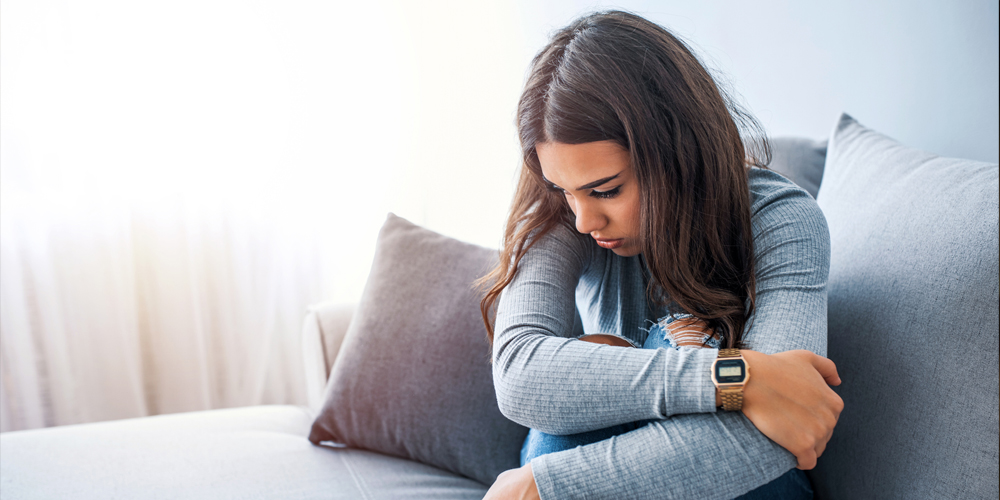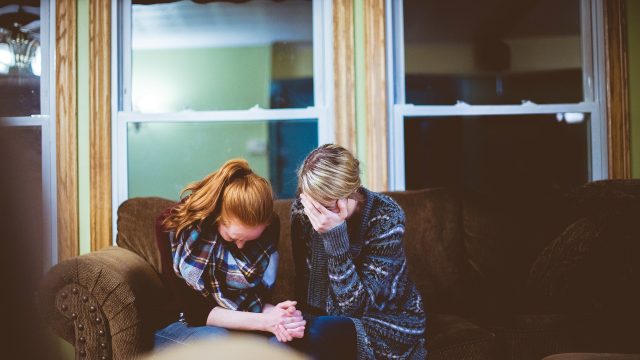Fear and anxiety about COVID-19 can make people feel anxious and out of control. Feelings of loneliness and isolation that are exacerbated during […]

Fear and anxiety about COVID-19 can make people feel anxious and out of control. Feelings of loneliness and isolation that are exacerbated during social distancing can cause our mental health to suffer.
Carolina Osorio, a geriatric psychiatrist at Loma Linda Behavioral Health Institute, is no stranger to working with people who feel isolated. “Loneliness can be toxic to the body,” she says. “We see this in our elderly patients, but we know it can impact anyone who is disconnected from the people around them.”
Osorio provides tips for dealing with fears of loneliness or isolation during social distancing and offers insight on how to stay connected with your community.
1. Use Digital Platforms
It’s no secret that loneliness affects our health negatively, Osorio says, and the United States was already in the midst of an epidemic of loneliness, even before the start of the COVID-19 crisis.
“Loneliness is a threat to public health, much like obesity and substance use,” she says. “The research tells us those lonely people are more likely to become ill, experience cognitive decline, and die earlier than those with more social lives.”
With society now being called to practice social distancing, it’s become even more difficult for those who live alone to socialize with their friends or family. This has brought about groups who are attempting to make digital communication more meaningful. “We encourage our patients to say ‘physical distancing’ rather than ‘social distancing’ so they aren’t excluding the social interaction that can be done through technology,” Osorio says.
COVID-19 has made it a bit easier to talk about and relate to feelings of loneliness. An influx of resources is helping people to connect online, especially during this time of isolation. Osorio recommends searching for electronic support groups with people on social media platforms or even the online resources of a health-care facility.
Adult outpatient programs are available online at behavioral health facilities, such as Loma Linda University Behavioral Health, where you can join mental health experts and a group of people going through similar journeys.
2. Pick Up the Phone
Osorio says it’s important to remember that loneliness and self-isolation are different. “The first one is the emotional state of feeling alone or separated, and the latter references the physical separation from other people,” she says.
Anxiety levels may increase as the world is going through uncertain times, and many individuals are feeling sadness and depression made worse by being alone. Those with anxiety may feel particularly vulnerable as the world seems to be entering uncertain times. When we are anxious, it’s natural to want to be around with others, but that’s not a possibility at the time, Osorio says.
“One thing that helps a lot of patients with anxiety is having the opportunity to talk about their concerns out loud with someone they trust,” she says. “Talking with them about the specific anxieties you may feel is one of the best ways to reduce that anxiety, as well as feelings of loneliness or boredom during isolation.”
3. Find Ways to Relax
One way to deal with the impact of social distancing is to relax your body by doing things that help you feel calm: take deep breaths, stretch, pray, or do activities that bring you joy, Osorio says.
If you have an uncomfortable or stressful task, try to bookend it with more enjoyable activities, such as talking with friends or family and practicing intentional gratefulness.
“There are physical side effects of mental health issues, so doing things to relax your body can relax your mind,” she says. “Do 30 minutes of your favorite exercise, eat your favorite snack, or watch a new episode of a TV show — whatever will help you unwind,” she says.
The original version of this story was posted on the Loma Linda University Health news site.








